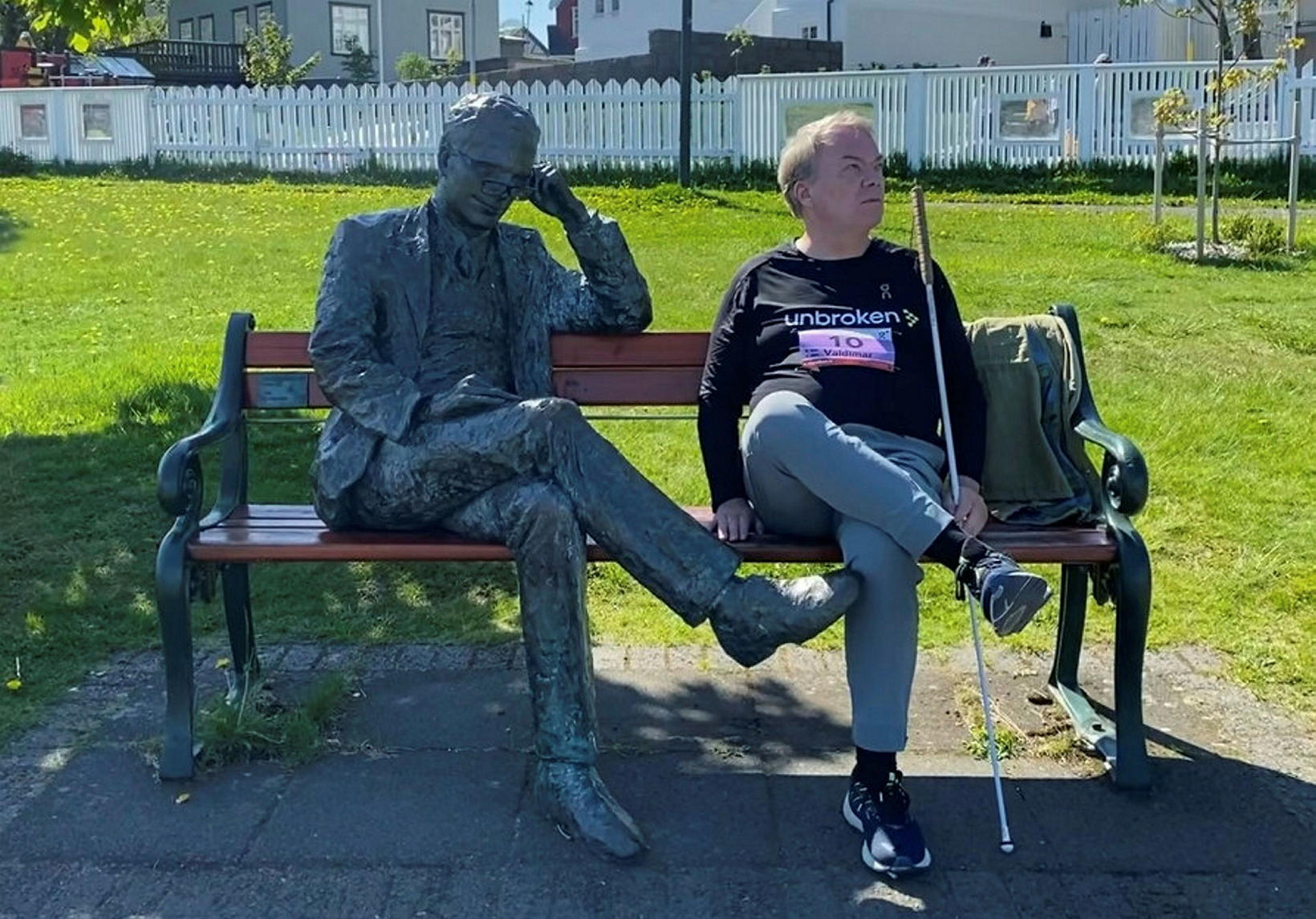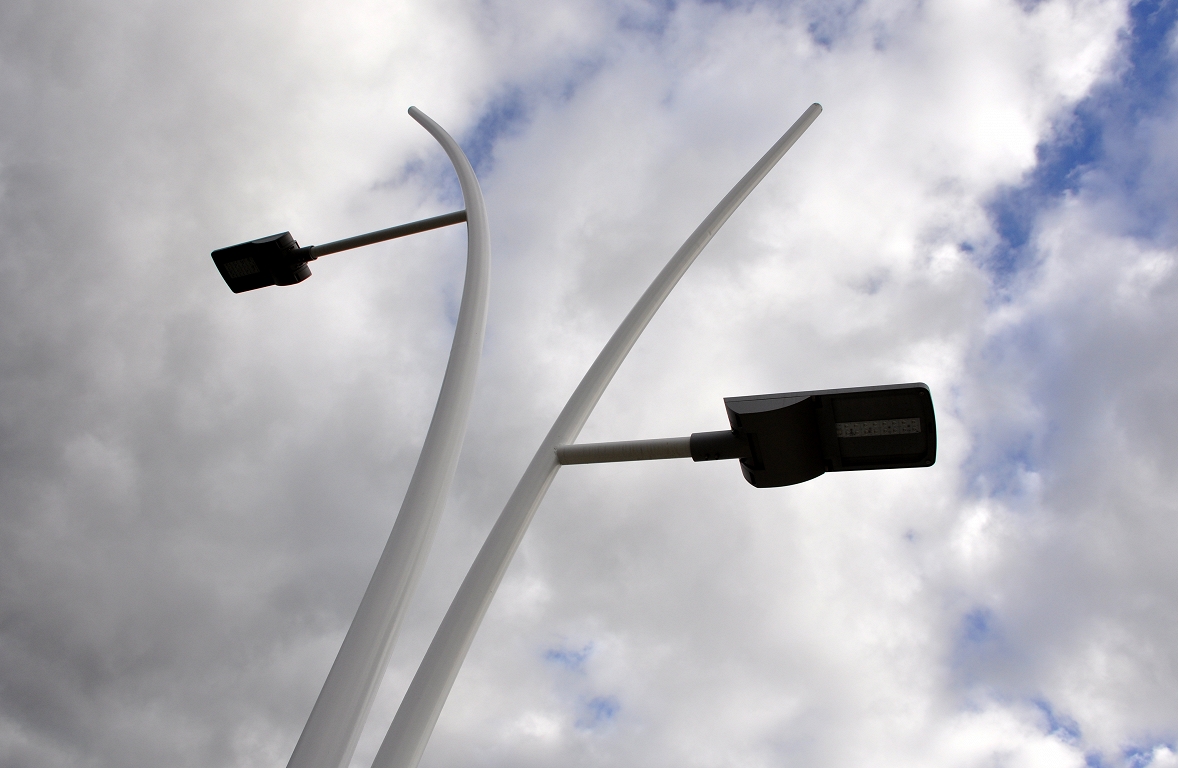The satellites play hidden and deliver precise data – Diepresse.com

The space weather influences how well data from satellite measurements are. A team from the University of Graz improves the data quality for radio orcultation, an analysis of the entire atmosphere of our earth. For the first time, wind fields can also be calculated in the long term.
Cuckoo, where did you hide? What is fun for children – disappearing behind objects – is in the name of a technical method in atmospheric research: Radio orculation means the procedure in which a satellite is covered behind a planet. « Occultation is the Latin expression for darkening or covering and describes that one celestial body goes behind another, » explains Julia Danzer from the Wegener Center for the climate and global change from the University of Graz.
The measuring system consists of a transmitter and a receiver between which radio waves are sent through the ether. “The transmitter is one GNSS satellite at around 20,000 kilometers. The recipient is a Leo satellite (Low Earth Orbit, Note.) at around 400 to 800 kilometers, ”Danzer describes the starting point for yours from Science Fund FWF Funded project.
Density, pressure and temperature
This constellation, in which the earth repeatedly hides the recipient satellite, is the basis of radio orcultation: the measurements provide data about density, pressure and temperature of the atmosphere. « And the global and high resolution, » says Danzer, who has been an expert in the field for many years.
« /> Julia Danzer, University of Graz.
« We can see how the state of the atmosphere changes for a long time: climate change is not only felt on the surface of the earth, but also in the troposphere and stratosphere. »
Julia Danzer,
Wegener Center for the climate and global change from the University of Graz
« We can see how the state of the atmosphere changes for a long time: climate change is not only felt on the surface of the earth, but also in the troposphere and stratosphere, » explains Danzer, who after studying Theoretical physics at the University of Graz Were climate researcher. The Troposphere is the section close to the ground of our atmosphere: the area where our daily weather takes place. The troposphere is high between eight kilometers in the Poles and 17 kilometers above the equator. The Himalaya reaches a height of 8850 meters to the upper third of the troposphere there.
The stratosphere was more famous with Baumgartner
It starts stratosphere (Around 15 to 50 km high), which did not achieve celebrity from Felix Baumgartner’s 2012 elevator in 2012. « So far we see that the troposphere is warmer in climate change. The stratosphere, on the other hand, cools down. » The two layers influence each other, and Danzers team around Gottfried Kirchengast In the Wegener Center wants to make the connections visible. « I am looking for corrections from small but important influences that are particularly important in the stratosphere, » says Danzer. Your analyzes calculate the effect of space weather on data quality. « These influences are sometimes bigger, sometimes smaller, » she says. Due to their work, radio orcultation data could already be improved a lot. In the past, the data was used up to 35 km (this is lower than Baumgartner’s jump back then). Today you can use it up to 40 to 45 km.
« I do two things: First, we improve data quality. Second, I would like to use this high-quality data to calculate wind fields in the strato and troposphere, » says Danzer. It is one of the first to systematically determine wind in the high layers with radio orcultation in the high layers. « Wind calculations are very sensitive and susceptible to errors in the data. I would like to use the new improved climate data from the entire series of time to calculate global wind circulation. » These diaphragms can add existing atmospheric data, which have so far still have measurement gaps above the oceans and in the southern hemisphere.
Worldwide information, namelessly
The new method is intended to make it clear how the circuit patterns change in climate change – and that without gaps. Your publication from 2024 in Atmospheric Measurement Techniques is called « Closing the gap in the tropics“. Because near the equator, the mathematical calculation of the wind movement was almost impossible, since the Coriolis force goes against zero. And you can’t count on zero.
Danzer also completed two research stays, one in Copenhagen and one in Reading, England. However, she relativizes: « Since I have children, I was not as mobile as others in research. » In the family, she, who never studied meteorology, is often asked about the weather. « But most people around me understood the difference between weather and climate well, » she says Fröhlich.
In numbers
400 Up to 800 kilometers The Leo satellite circles the earth up high. He is a recipient in radio orcultation. The radio waves’ transmitter is a GNSS (Global Navigation Satellite System) and flies 20,000 km high.
8–17 Kilometer The troposphere surrounds us high. The stratosphere is above (from around 15 to 50 km). The space begins at around 80 to 100 km.








